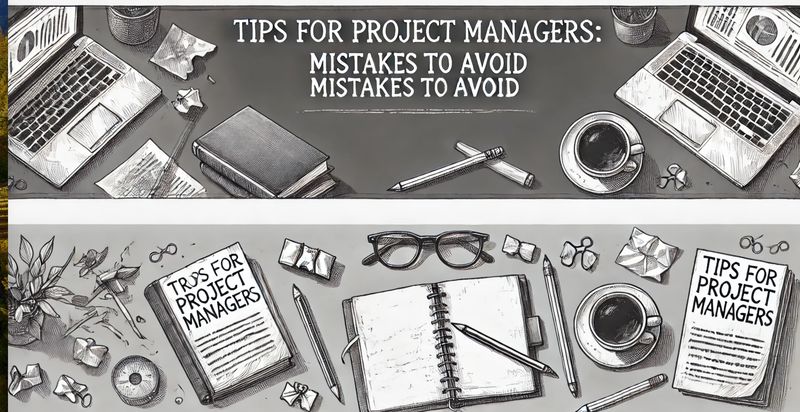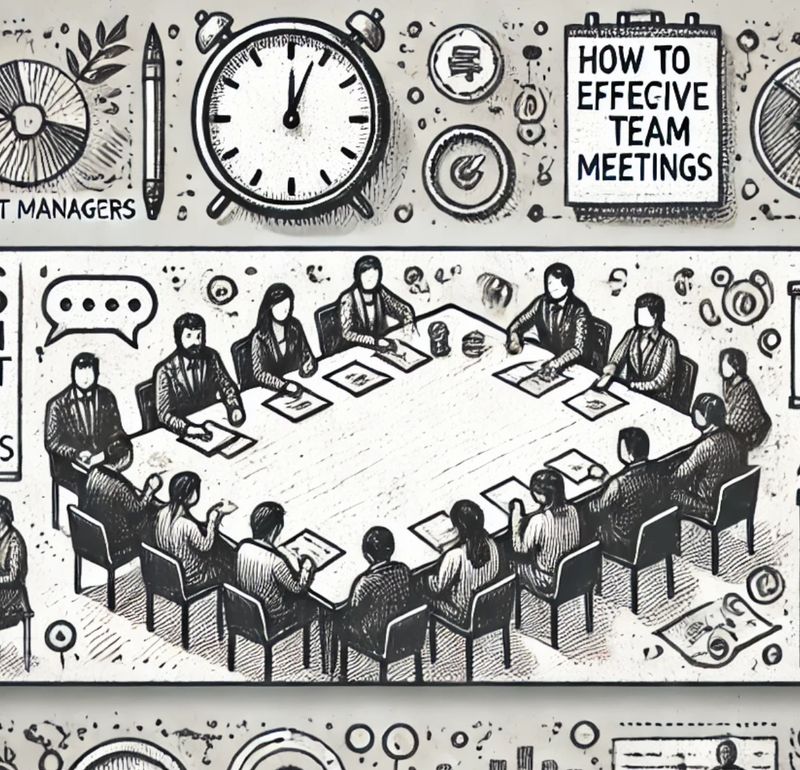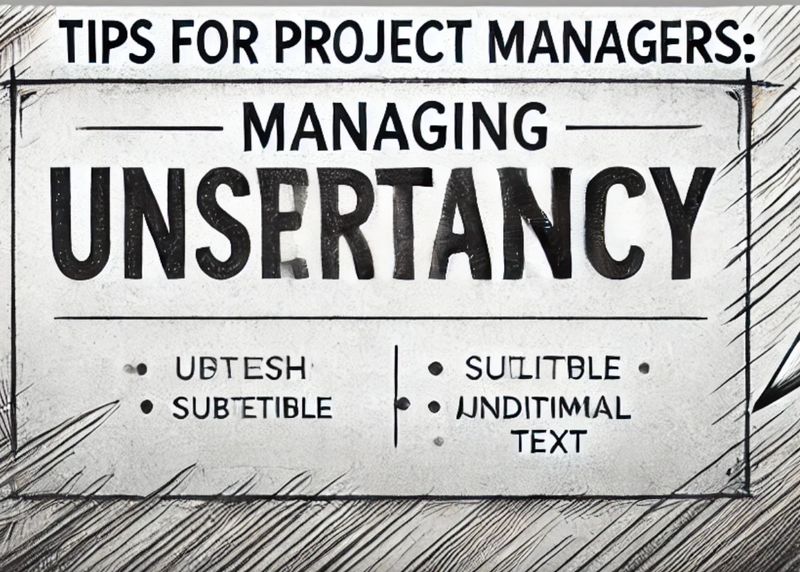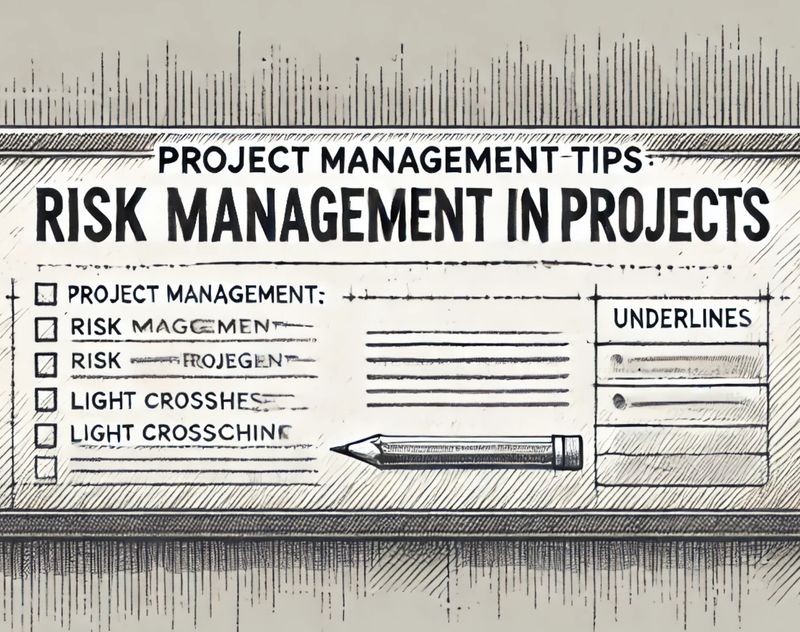Common Mistakes to Avoid for a Successful Project

Setting Unrealistic Expectations and Timelines
One of the most frequent missteps for project managers is setting unrealistic expectations, either in terms of project outcomes or deadlines. This can lead to missed deadlines, overextended budgets, and frustrated teams. New managers, eager to impress or lacking experience, may agree to timelines or scopes that are not practical, often underestimating the complexity of the project or the resources needed.
Consider Example: Imagine you’re managing a software development project, and the client requests a new feature. Without a clear estimate, you agree to add it within the next month, assuming it’s a simple task. However, as the team delves into the technical requirements, they discover that adding the feature will take significantly longer, delaying the entire project. A better approach here is to first analyze any requested changes thoroughly with the team. Communicate openly with stakeholders about realistic timelines and the potential impact on the project scope.
To avoid this, project managers can consider these alternatives:
1. Take the time to fully understand the project’s scope and timeline before committing to any additional work.
2. Consult with team members about their estimated times for completion.
3. Communicate regularly with clients or stakeholders to manage expectations and avoid misunderstandings.
Neglecting Communication and Team Engagement
Clear and consistent communication is critical in project management. Without it, even the most skilled teams can lose direction, motivation, or understanding of project goals. For new managers, it’s easy to fall into the trap of assuming team members have all the information they need or will ask if they don’t. However, many teams need regular updates, feedback, and opportunities to voice any concerns or suggestions.
Example: You’re overseeing a team working remotely on a product launch. If you don’t set up regular check-ins, some team members might work based on old assumptions or not feel comfortable reaching out for clarifications. This can lead to inconsistencies in the work and a sense of disconnect among the team members. A proactive approach to keeping the team in sync can prevent small issues from escalating into significant project setbacks.
Ways to maintain effective communication include:
1. Schedule regular team meetings or updates, even if they’re brief. These sessions help align team members and allow for immediate feedback.
2. Encourage a collaborative environment where everyone feels comfortable sharing ideas or concerns.
3. Use project management tools that allow for transparent task management, so everyone knows the project’s current state.
Failing to Adapt and Manage Change Effectively
In project management, change is inevitable. Whether it’s shifting project priorities, new stakeholder requests, or unforeseen challenges, managers must be adaptable to handle these changes without letting the project derail. New project managers may hesitate to make adjustments or communicate unexpected changes due to the fear of appearing unprepared. This reluctance can lead to missed opportunities, frustration among team members, or even project failure.
Example: During a marketing campaign, a client suddenly decides to pivot the project’s focus based on recent market trends. As a project manager, if you try to stick to the original plan despite this, the project may miss its mark. Instead, a flexible approach is key. Embrace change and work with your team to evaluate the impact, adjust strategies, and keep the project aligned with current objectives.
To effectively manage change, consider these steps:
1. Develop a proactive change management process to handle adjustments as they arise, allowing for controlled and well-communicated changes.
2. Keep an open dialogue with stakeholders to understand their evolving needs, aligning project goals with the latest insights or demands.
3. Lead by example; show flexibility and adaptability to encourage your team to view change as a natural part of the project process.
By recognizing and actively avoiding these common mistakes, project managers can ensure they’re setting themselves—and their teams—up for success. Clear communication, realistic expectations, and a willingness to adapt are the cornerstones of effective project management, especially for those just starting in the field. With these principles in mind, project managers can navigate the challenges of each project and emerge as trusted leaders for their teams and stakeholders.





